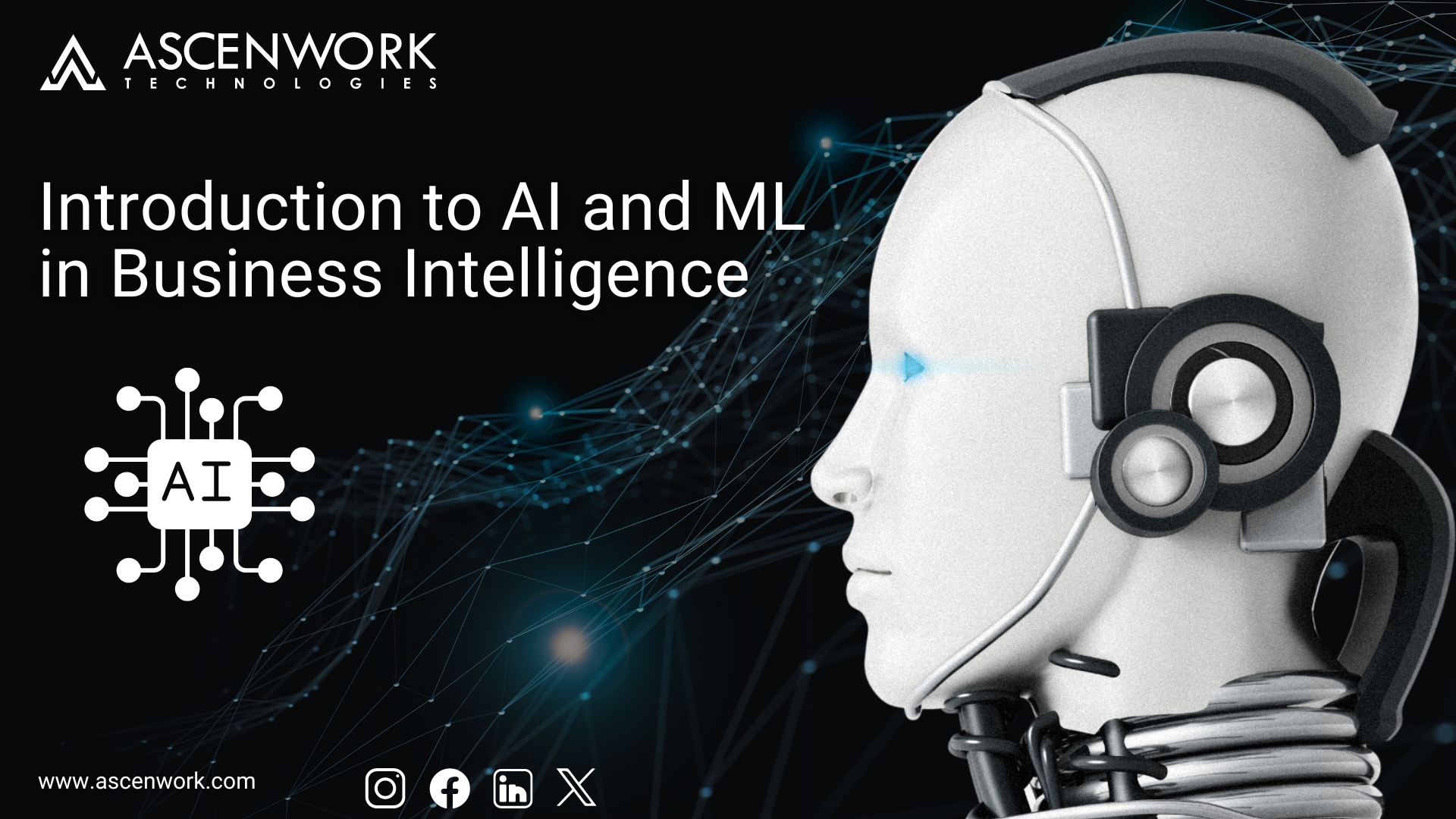In the current fast-paced business environment, organizations are overwhelmed with an excessive volume of information. This reality has led to the need for innovative answers that can parse through large quantities of data, transforming it into actionable insights. Enter artificial intelligence, a powerful asset that is revolutionizing the way businesses approach analytics. By utilizing AI, companies are not only able to handle large datasets more effectively but also uncover trends and trends that would have otherwise stayed concealed.
The integration of AI into analytic systems provides a significant benefit, enabling organizations to make informed decisions quickly and accurately. As rivalry intensifies and customer expectations change, harnessing the capabilities of AI can set companies ahead, driving growth and improving overall efficiency. From forecasting analytics that predict industry movements to tailored customer experiences powered by data insights, the capability of AI in transforming the analytical landscape is indisputable.
Grasping Massive Data
Massive Data describes the large volume of data generated every second from multiple sources such as social media, sensors, financial exchanges, and more. This data is defined by its rapid velocity, heterogeneity, and volume, making it challenging to control and analyze using conventional methods. Businesses are now dealing with the challenge of handling this enormous amount of data to extract insightful knowledge that can inform strategic decisions.
The value of Big Data lies in its capability to uncover trends, changes, and connections that may not be discernible through standard analysis. Organizations that take advantage of this data can gain a comprehensive understanding of client actions, industry trends, and process improvements. However, the vast size and complication of Big Data require cutting-edge tools and techniques to handle and examine effectively.
Machine intelligence holds a key role in maximizing the potential of massive data. By employing machine learning techniques algorithms and data analytics software, businesses can streamline the analytical process, resulting in quicker and enhanced insights. This does not only improves decision-making processes but also enables companies to stay in front of the rivals by anticipating market shifts and evolving consumer needs.
AI Methods for Data Analysis
AI offers a range of robust techniques that can substantially enhance data analysis in business settings. ML, one of the most recognized AI techniques, permits algorithms to learn from data patterns and predict outcomes or decisions without direct programming. Companies can utilize controlled learning to predict sales or customer behavior, while non-supervised learning can help identify patterns in market segmentation or product clustering. This capability to process vast amounts of data and provide actionable insights is a major breakthrough for organizations looking to stay ahead.
NLP is another crucial AI technique that facilitates data analysis by deciphering and analyzing human language. Companies can leverage NLP to gather valuable information from customer feedback, social media, and other text sources. This allows businesses to g ai n insights into customer feelings, preferences, and trends. By understanding the nuances of language, AI can help companies craft targeted marketing strategies and refine their products or services based on real-time feedback.
Furthermore, AI-powered data visualization tools can transform complex datasets into intuitive and interactive graphics. These tools use algorithms to emphasize key data points and trends, making it easier for decision-makers to comprehend insights quickly. By presenting data in an easily digestible format, organizations can foster better teamwork among teams, enhance reporting processes, and ultimately promote strategic initiatives. With these AI techniques at their command, businesses can unlock the full potential of their data and achieve greater productivity.
Challenges and Upcoming Trends
As the incorporation of AI into corporate analytics continues to expand, several obstacles emerge. Data privacy and safety concerns are at the center, as companies must navigate laws while leveraging vast amounts of data. Harmonizing the use of AI with moral considerations around data usage is essential, and companies need to ensure they maintain customer trust while maximizing data insights. Furthermore, the challenges of integrating AI into existing systems can be intimidating, requiring substantial investment in tools and training for staff.

Looking forward, the trends in AI and business analytics are encouraging yet require careful attention. The creation of more advanced models will enhance forecasting capabilities, allowing businesses to anticipate market shifts and consumer behavior with greater precision. Additionally, real-time analytics powered by AI can provide companies with instant insights, enabling faster decision-making and better adaptation to changing circumstances. These advancements will likely lead to heightened competition among companies striving to stay ahead in their respective markets.
Moreover, the upcoming times will see an emphasis on human-AI collaboration, where AI tools complement human decision-making rather than substitute it. This synergy can drive innovation and improve problem-solving by combining the calculative power of AI with human insight and creativity. As businesses continue to embrace AI technologies, encouraging a culture that encourages collaboration between humans and machines will be essential for unlocking the full potential of analytics in driving business success.
